- Your cart is empty
- Continue Shopping
Lataif e Ashrafi | Ashraf Jahangir Samnani | 2 Vol set | لطائف اشرفی | أشرف جہانگیر سمنانی
-8%₨ 5,500Current price is: ₨ 5,500. Original price was: ₨ 6,000.
Availability: 1 in stock
Frequently Bought Together
Add to cart
Buy Now
| Weight | 1 kg |
|---|---|
| Binding | |
| Book Size | |
| Edition | |
| Paper type | |
| Printing Quality |



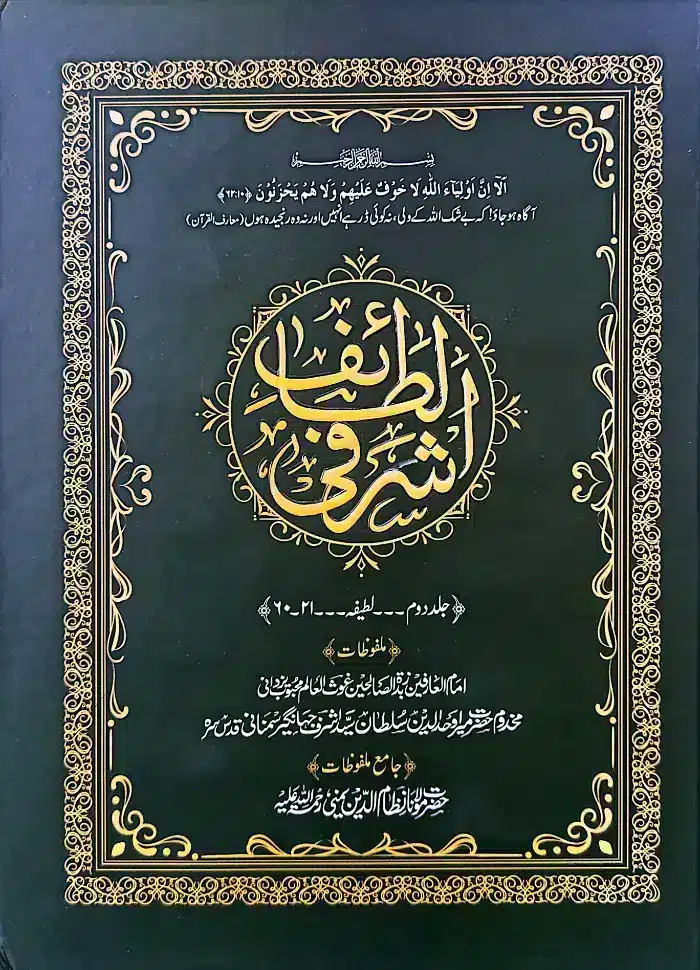
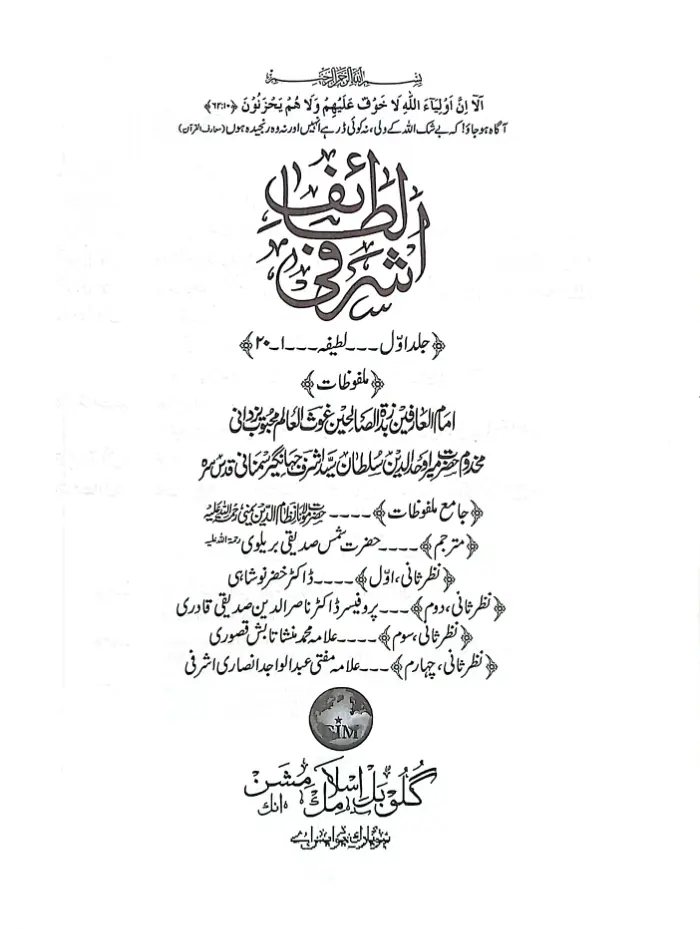
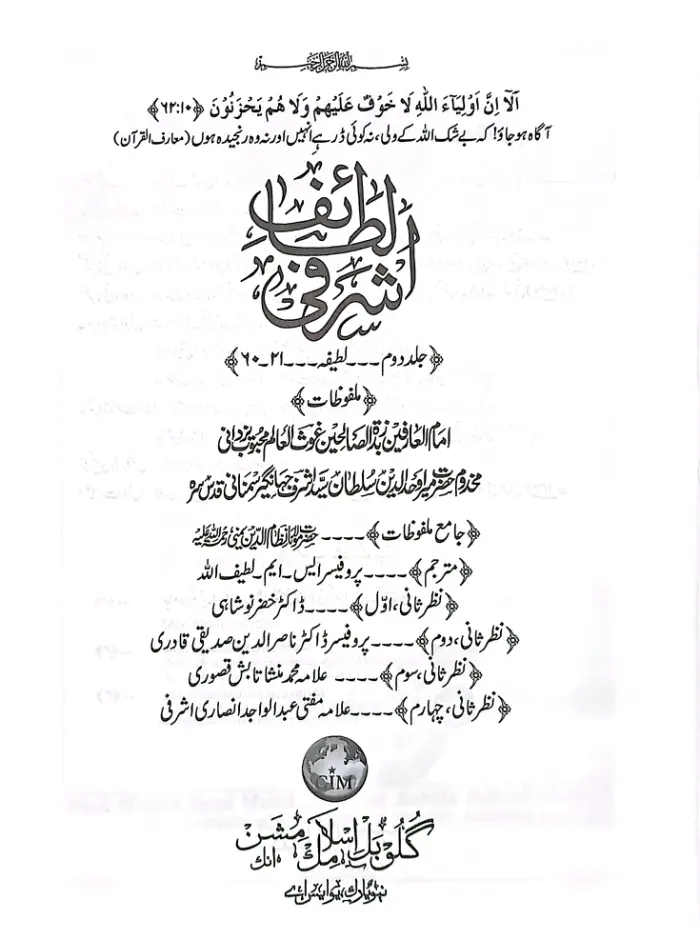

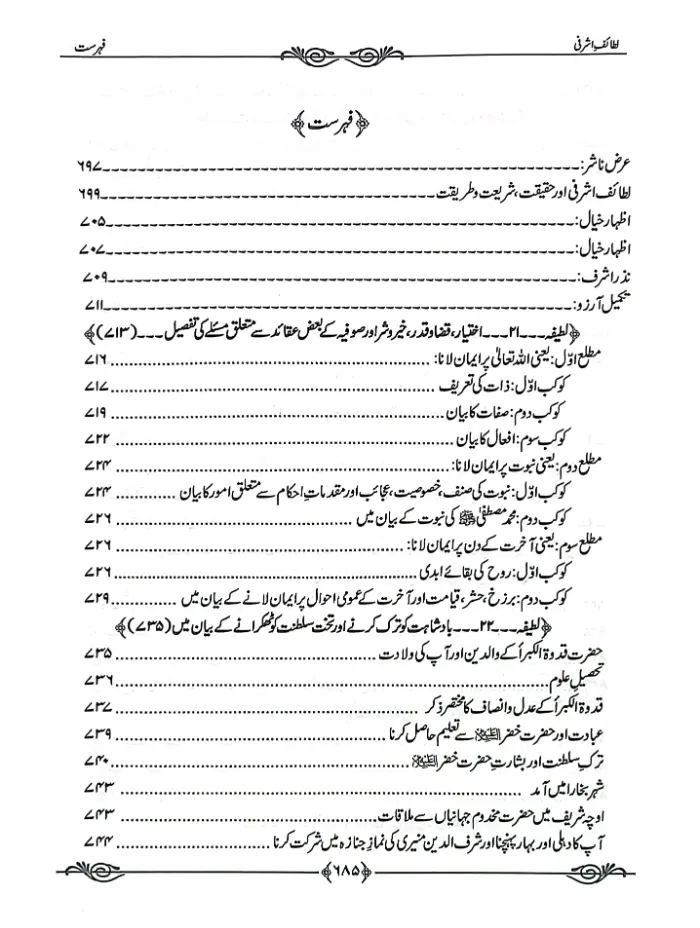
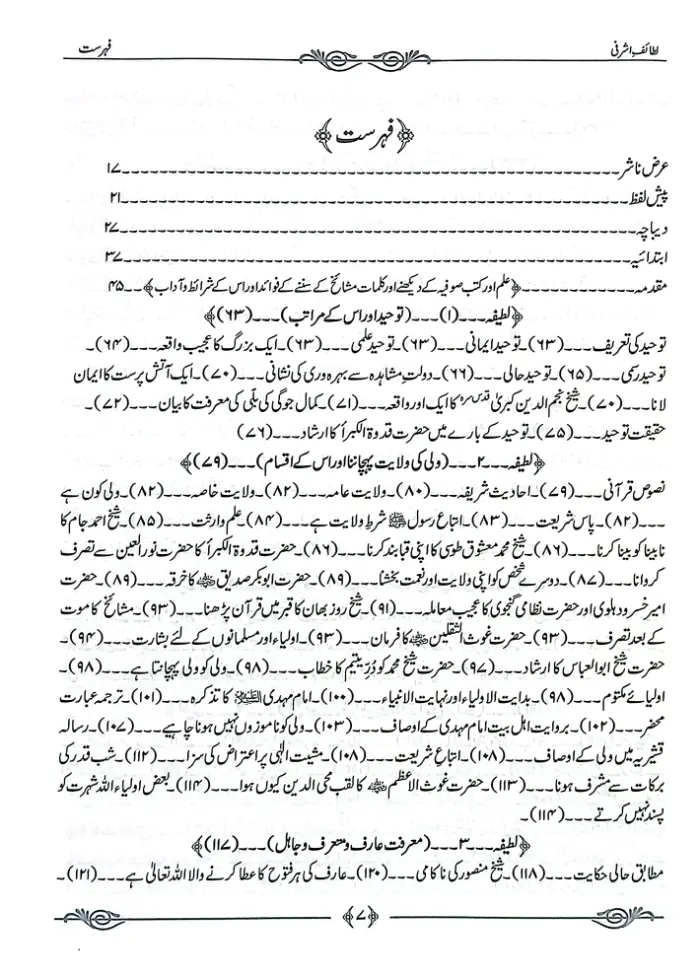
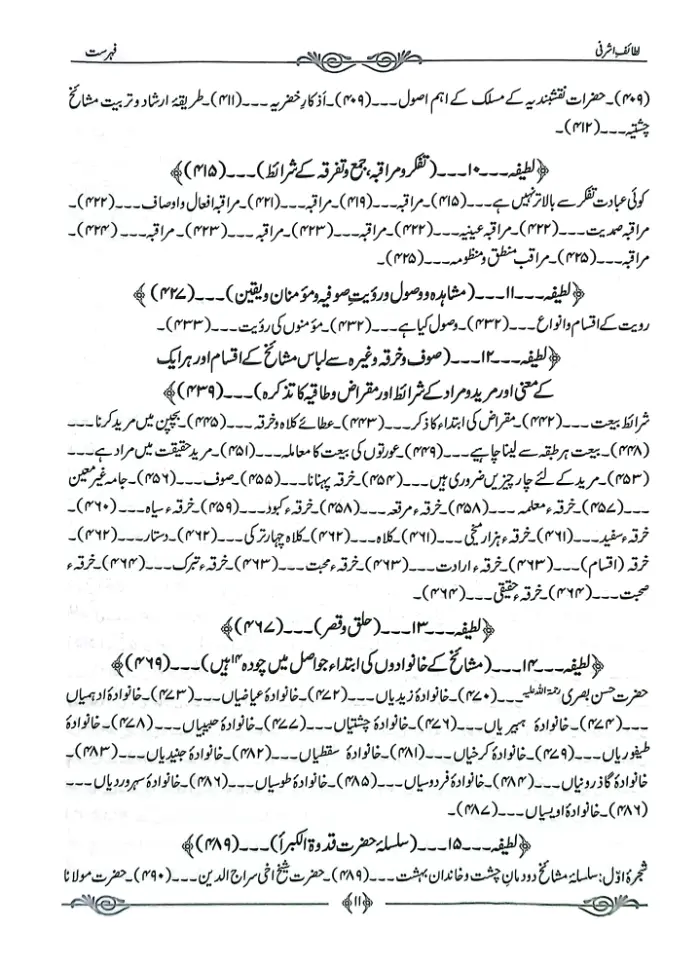
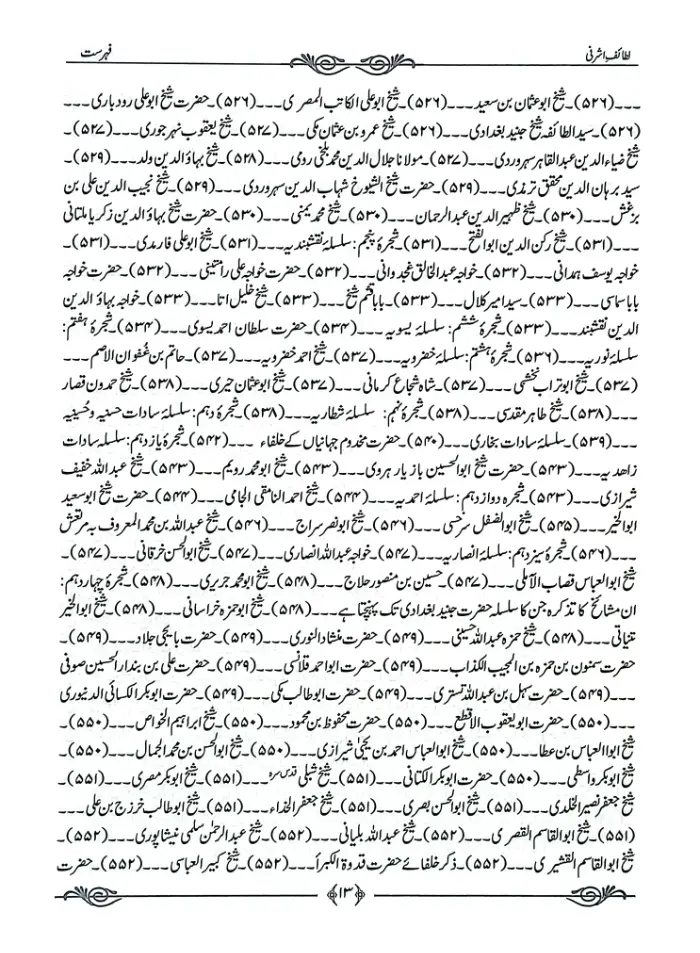
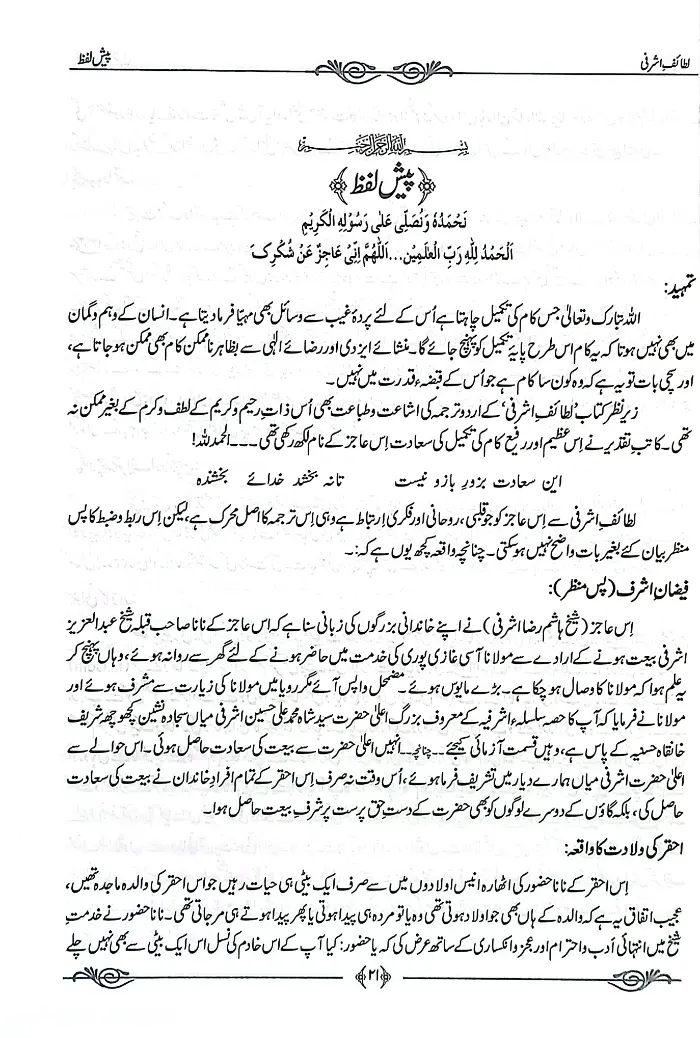
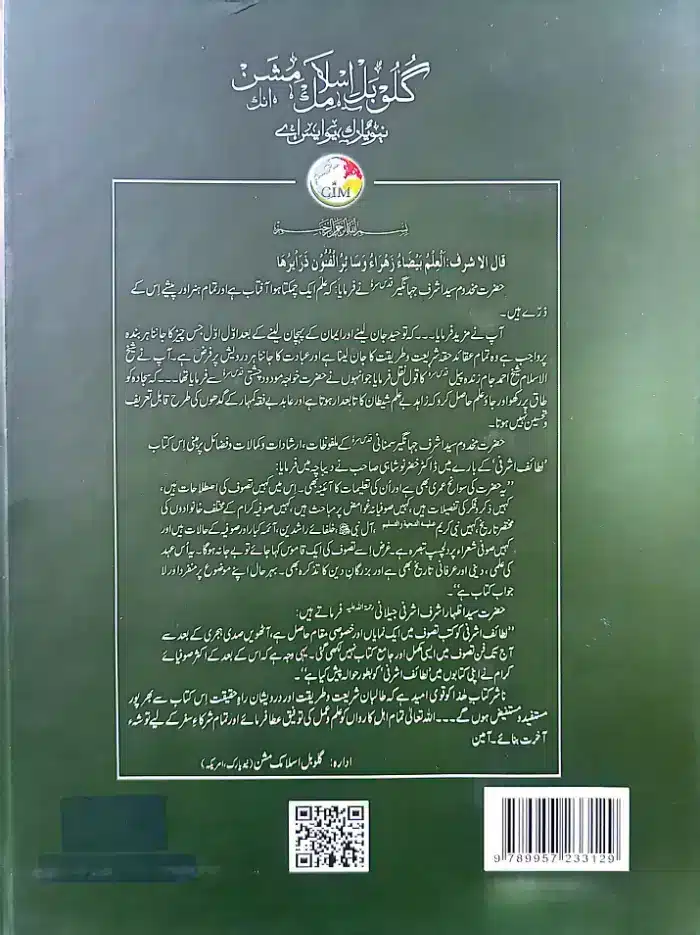
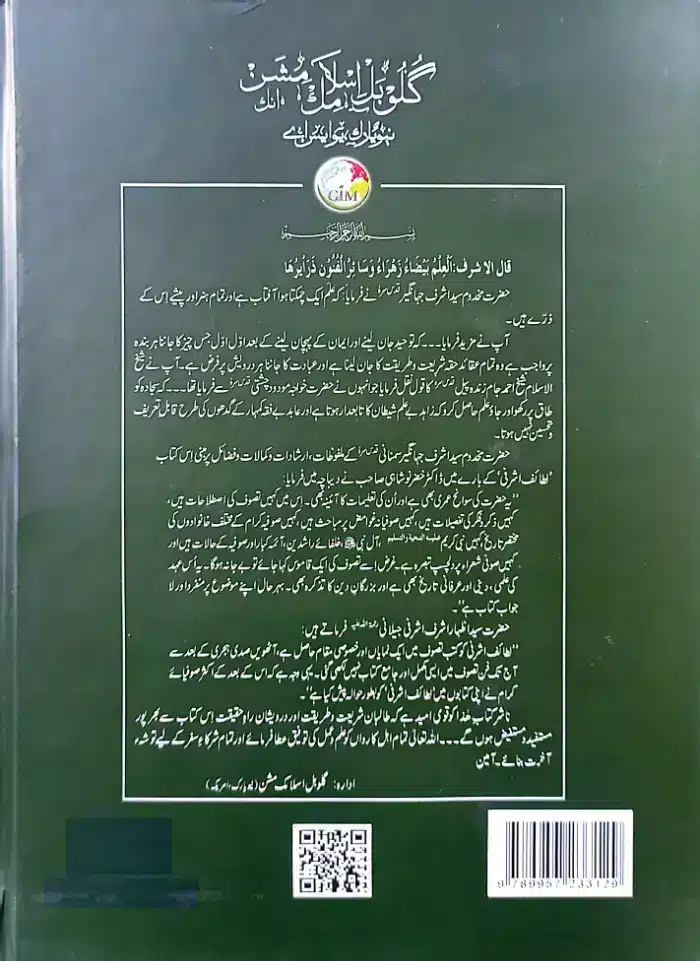
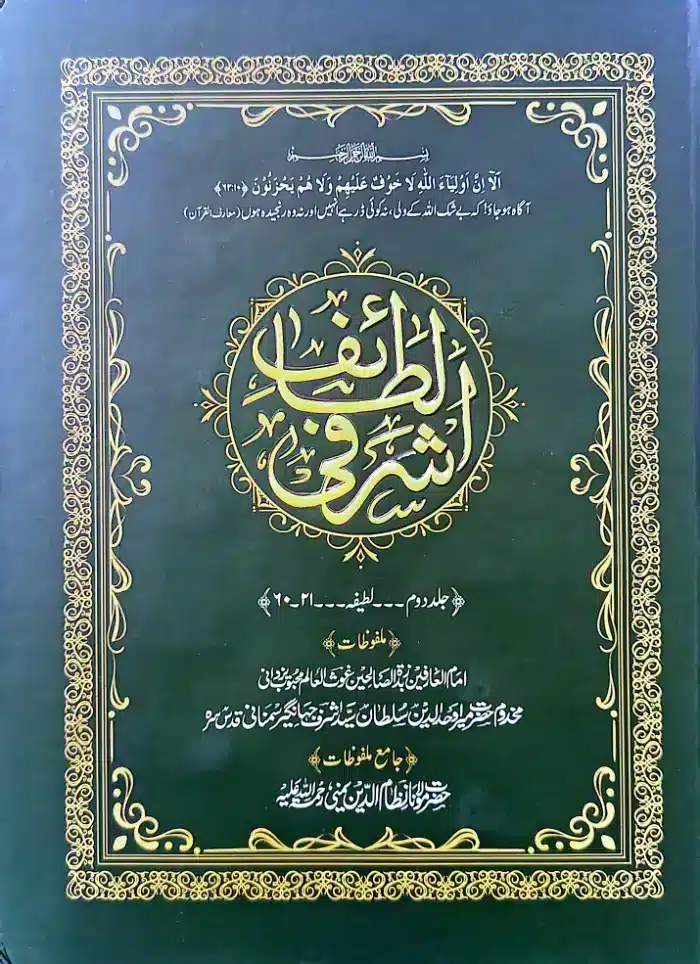
Reviews
There are no reviews yet.